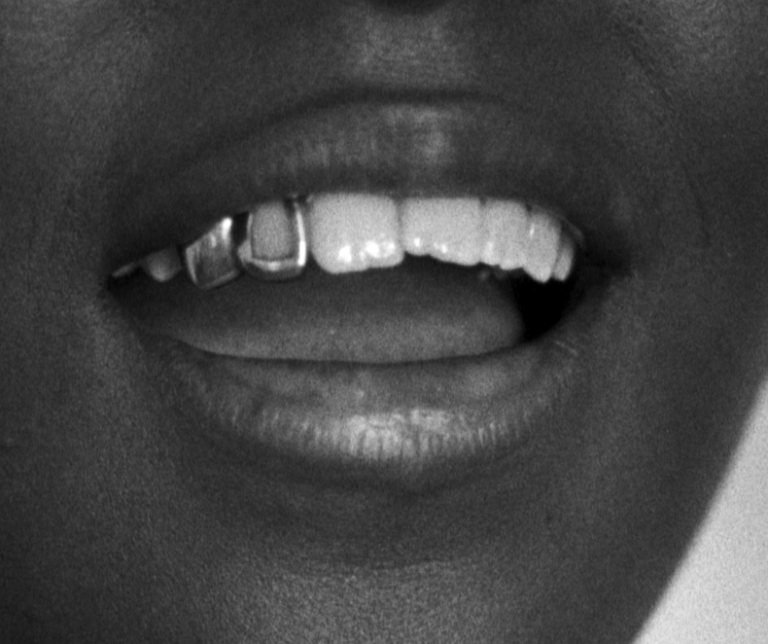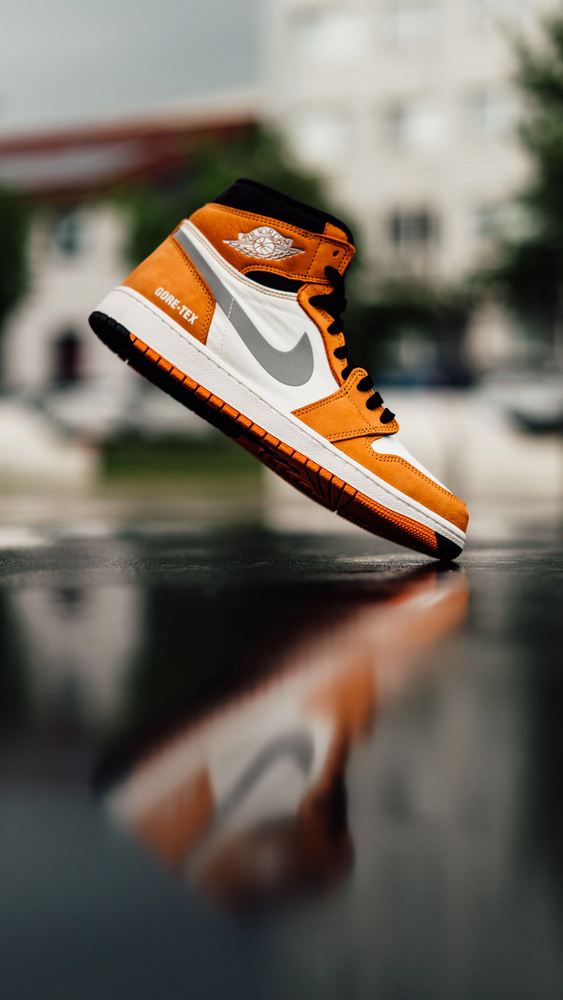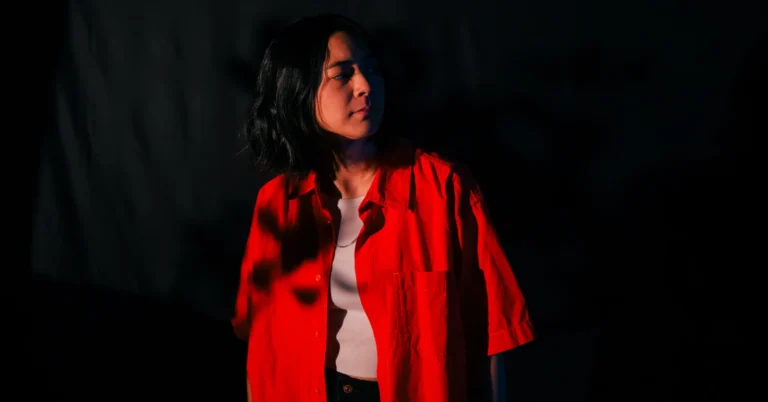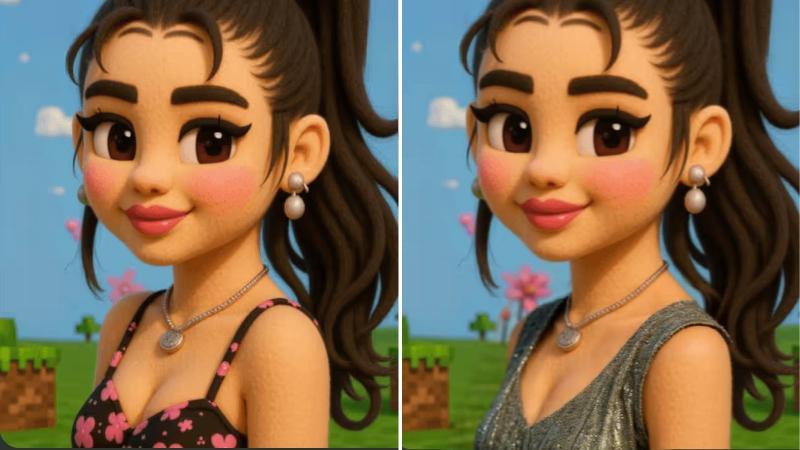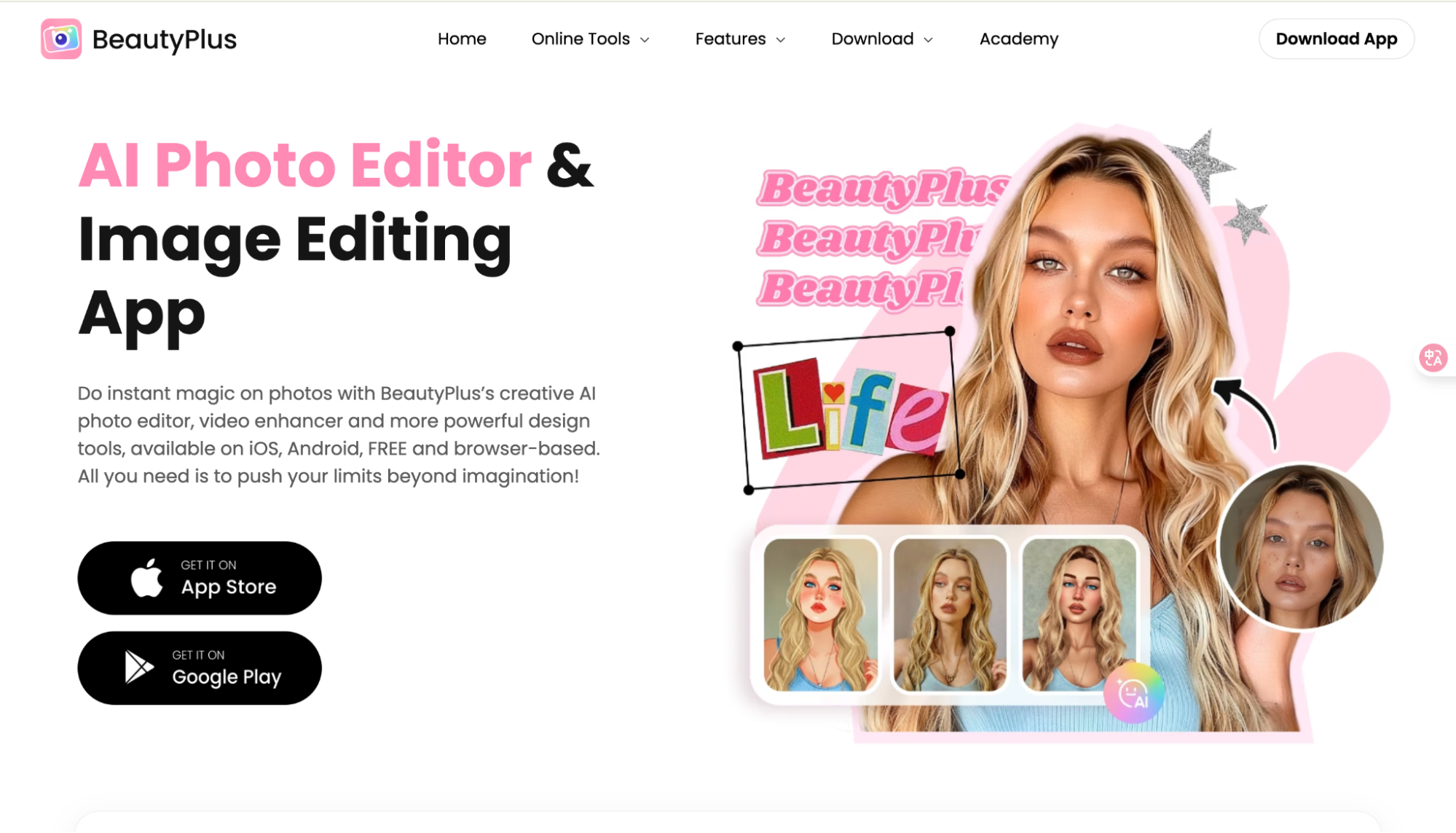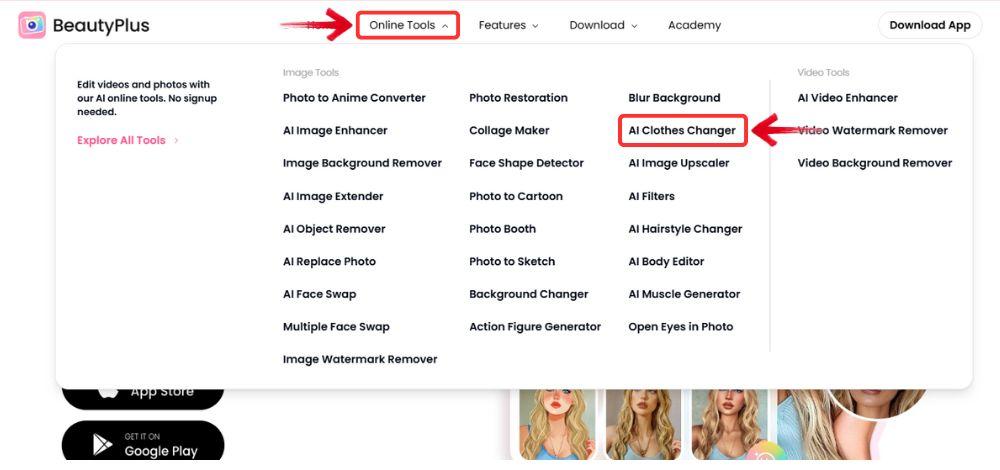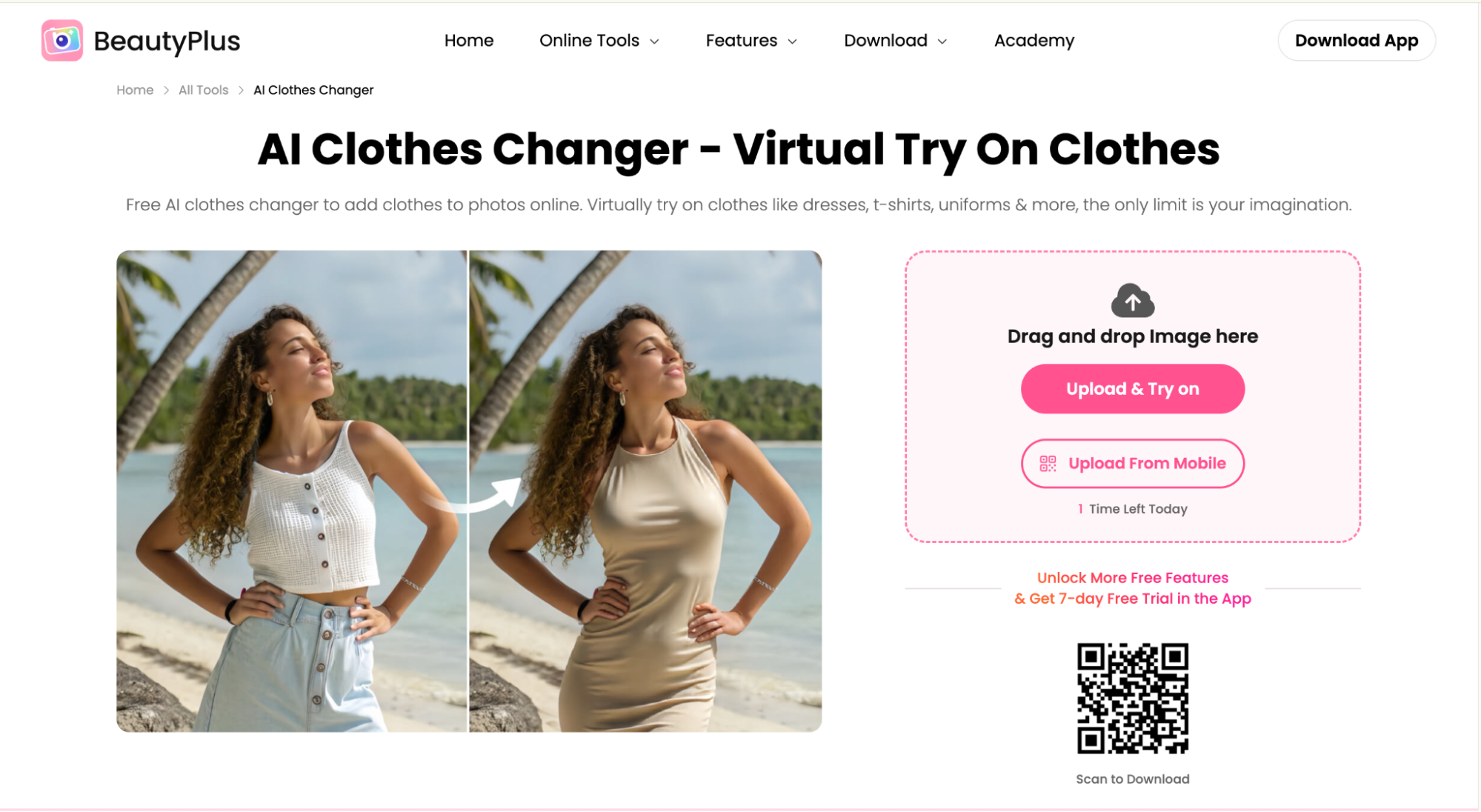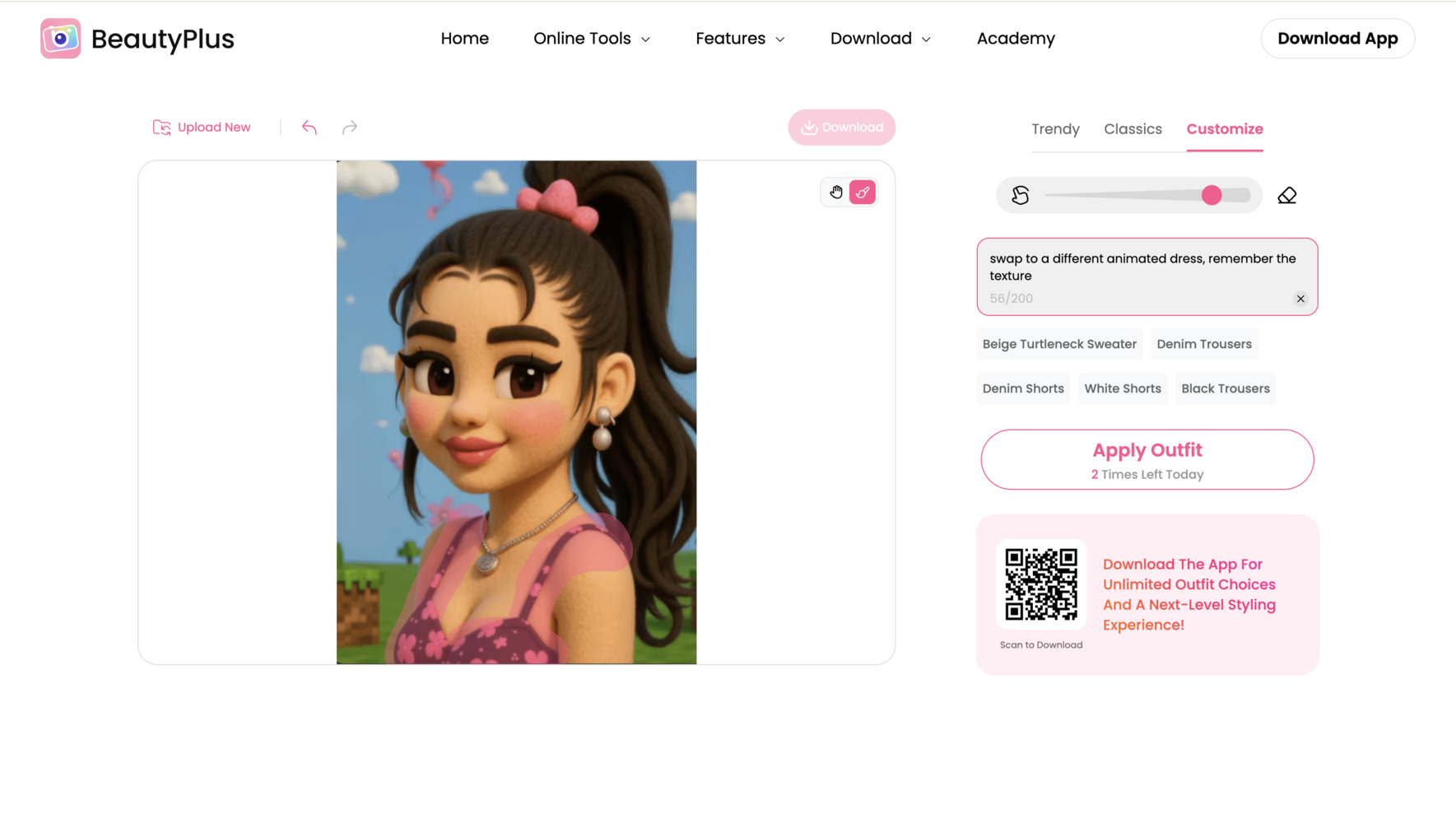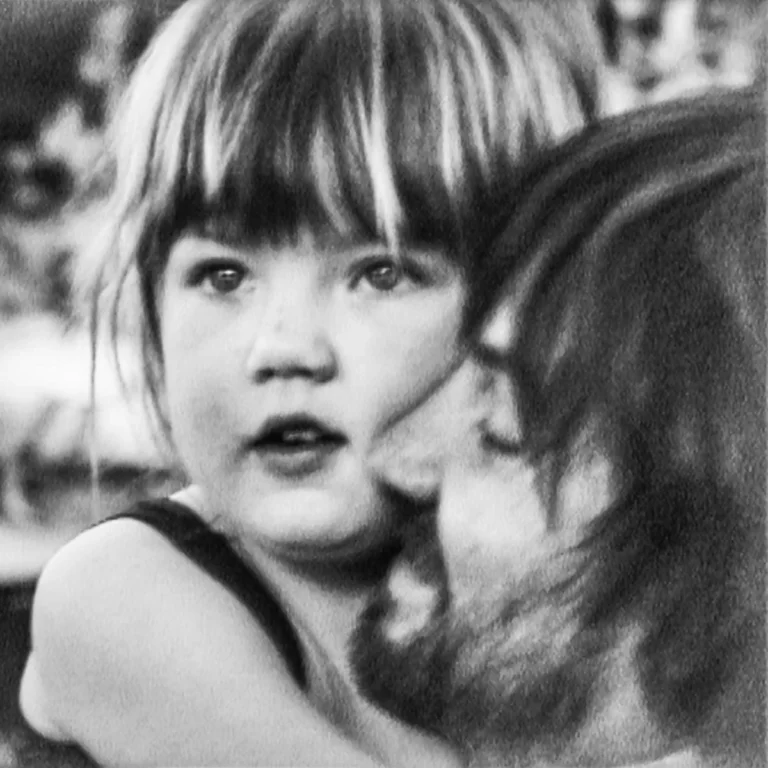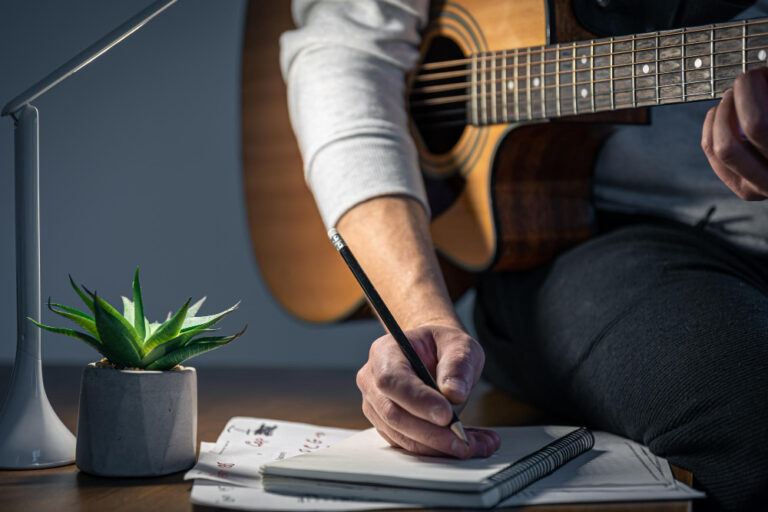Will machines soon write the soundtrack to our lives? This question keeps many musicians up at night. Artificial intelligence music creation has exploded in recent years. Now, tools can produce everything from catchy jingles to complete albums.
The technology is undeniably impressive. Algorithms analyze thousands of hits, identify patterns, and generate melodies in seconds. Yet, something deeper stirs beneath the surface of this debate.
This isn’t about picking sides or predicting doom. It’s about understanding what’s really happening in the music industry right now. Professional composers feel the pressure, but this conversation matters to anyone who loves music.
What makes human creativity special? Can technology truly capture emotion, storytelling, and cultural connection? We’ll explore both the remarkable capabilities of these tools and the irreplaceable elements that songwriters bring to their craft.
Through real examples and honest analysis, we’ll discover whether these technologies serve as partners, competitors, or something entirely different. The answer might surprise you.
Key Takeaways
- Artificial intelligence tools now create complete musical compositions across multiple genres and styles
- The debate centers on whether technology can replicate the emotional depth and storytelling that humans bring to music
- Both professional composers and music lovers have stakes in understanding this technological shift
- Current algorithms excel at pattern recognition but face challenges with genuine creative expression
- The relationship between technology and musicians may be more collaborative than competitive
- Cultural context and personal experience remain difficult elements for machines to authentically capture
The Rise of AI in Music Creation
Music technology has reached a turning point. Machines can now compose original songs that sound remarkably human. The AI music industry has evolved from simple melodies to complex compositions that rival human-made tracks. This shift took years of technological advancement and innovation.
Today’s artificial intelligence systems can analyze millions of songs in seconds. They learn patterns, styles, and structures that make music appealing to human ears. What once seemed impossible—a computer understanding the soul of music—is now becoming reality.
What Are AI Song Generators?
AI song generators are sophisticated software programs that create original music using advanced technology. They are like digital musicians who have studied thousands of hours of music. These systems rely on machine learning in music to understand what makes a song work.
At their core, these tools use music composition algorithms that recognize patterns in existing songs. They study chord progressions, melody structures, rhythm patterns, and even lyrical themes. The technology works similarly to how a student learns by example—listening to countless songs and identifying what elements create memorable music.
The process involves feeding the AI massive databases of musical information. The system then identifies relationships between different musical elements. It learns which chords typically follow others, how melodies flow naturally, and what rhythms resonate with listeners across different genres.
Technology’s Evolution in Music
The music industry has always embraced new tools and innovations. Digital audio workstations replaced analog recording equipment. Auto-tune became a standard production tool. Each advancement sparked debate about authenticity and creativity.
Just ten years ago, computer-generated music sounded mechanical and lifeless. The compositions lacked the warmth and emotion that human musicians naturally bring to their work. But machine learning in music has changed everything.
Modern AI can now create surprisingly sophisticated pieces across multiple genres. From classical symphonies to hip-hop beats, these systems demonstrate remarkable versatility. The technology has grown exponentially, with each generation of music composition algorithms becoming more nuanced and capable.
This technological progression represents perhaps the biggest shift the industry has ever seen. Previous innovations enhanced how humans made music. AI touches the creative core itself—the actual composition process that was once exclusively human territory.
The growth hasn’t been limited to composition alone. AI now assists with mixing, mastering, and even predicting which songs might become hits. These digital tools have become integral to modern music production, offering capabilities that seemed like science fiction just years ago.
Advantages of Using AI for Songwriting
AI songwriting tools are changing music production for everyone. They can’t replace human creativity, but they offer big benefits. These benefits help artists solve everyday challenges.
AI tools make songwriting faster, easier, and more flexible. They help creators at all levels.
Creating Music at Lightning Speed
Time is crucial for musicians. AI tools can make a song in minutes, saving hours or days. This speed changes how artists work.
Imagine a producer needing a song fast. AI can create ten chorus versions quickly. They can pick the best parts in an hour.
This fast process opens up new creative paths. Artists can try different styles without spending days. It’s all about exploring more ideas.
Access to Endless Musical Possibilities
AI tools draw from decades of music. They offer a wide range of styles and sounds. This is a huge advantage.
AI can mix genres in new ways. It might blend jazz, hip-hop, and classical in one song. This is because AI doesn’t have genre biases.
AI never gets stuck. When a human songwriter is blocked, AI keeps coming up with new ideas. It’s a constant source of inspiration.
Making Professional Music Production Affordable
AI makes music production affordable for all. Professional services can be very expensive. AI offers a cheaper way to make great music.
AI tools let solo artists make professional-sounding tracks. This saves money and opens up new opportunities. It’s a game-changer for indie artists.
AI also helps small businesses and content creators. They can make custom music without breaking the bank. This is changing how music is used in different media.
Limitations of AI Song Generators
Artificial intelligence has made big strides in music, but it still can’t match human creativity. The limits aren’t just about technology. They show the deep difference between AI’s pattern recognition and human music’s personal touch.
Knowing these limits helps us see why human songwriting is special. It shows where AI is best as a helper, not a replacement.
The Absence of Genuine Emotion
AI struggles with emotional depth in AI songs and the real feelings that come from life. When Adele sings about heartbreak or Johnny Cash talks about redemption, they share their true stories. These artists have felt deep emotions that shape their music.
AI can spot patterns in sad songs, but it’s never felt sadness itself. It hasn’t known loss or the complex emotions that make songs last.
People connect with songs because of the story behind them. They want to feel the artist’s real emotions. This connection is hard for AI to create, no matter how good it sounds.
Breaking Rules That Don’t Exist Yet
The debate on human creativity vs AI grows when we talk about new musical ideas. Human songwriters have moments of pure inspiration that break all the rules. They create unique sounds and lyrics that change music forever.
AI works within set rules, combining elements in new ways. But it can’t break the rules like humans do. Humans can intentionally break all the rules and create something new.
Think of punk, hip-hop, and grunge. These genres changed music by rejecting old rules. They created new sounds that were initially seen as wrong but became iconic.
This kind of creativity needs more than just new ideas. It needs cultural awareness, personal belief, and a willingness to take risks. These are things AI can’t do yet.
Missing the Deeper Meaning
AI also struggles with cultural context. Human songwriters understand subtext, current events, and cultural moments in a way AI can’t. They use words and references that carry deep meaning.
A song might seem simple but actually talk about big issues or personal identity. These songs become anthems for generations. The debate on human creativity vs AI often focuses on this ability to add cultural depth.
AI can use words correctly but misses the cultural context. It doesn’t get why certain phrases are emotionally powerful for certain groups. It lacks the cultural immersion that makes songs meaningful.
When artists write protest songs or love letters to their communities, they draw from personal and shared experiences. This cultural understanding lets them create music that speaks to specific moments while staying timeless.
A Closer Look at MelodyCraft.ai
Exploring MelodyCraft.ai gives us a peek into how AI changes music creation. It’s a tool that shows how automated songwriting is used today. By looking at its features and how it’s used, we learn more about AI’s role in making music.
MelodyCraft.ai is more than just a music app. It’s a digital composition tool that’s easy to use but still offers lots of creative options.
What MelodyCraft.ai Brings to the Table
The platform has an easy-to-use interface. It welcomes both new and experienced musicians. You don’t need to know how to code to start making music.
Genre versatility is a key feature. MelodyCraft.ai can create music in many styles:
- Pop and rock with modern structures
- Electronic dance music with many sub-genres
- Ambient and cinematic soundscapes
- Jazz with complex harmonies
- Hip-hop beats with customizable rhythms
Users can adjust the mood of their music. Want something upbeat? The platform changes tempo and key to match. Need something sad? It shifts to minor keys and slower beats.
Tempo controls let users set the exact BPM for their projects. This is great for music videos. The platform keeps the music coherent, even with unusual tempos.
Lyric generation is another feature. It suggests phrases that fit the melody. The lyrics match the theme and have consistent rhymes, without sounding robotic.
What sets MelodyCraft.ai apart? It balances automation with user control. Users can tweak and refine their music, blending AI suggestions with their own ideas.
Traditional Methods Meet Digital Innovation
Comparing MelodyCraft.ai to traditional songwriting shows big differences. Traditional songwriting involves playing instruments and experimenting with chords. It’s a trial-and-error process that can take hours or days.
With MelodyCraft.ai, the process is different. Users define parameters first, like genre and mood. Then, the AI generates music options quickly.
Speed is a big advantage. Traditional songwriters might spend hours on one melody. MelodyCraft.ai can offer dozens of options in minutes.
The way we connect with music changes too. Playing an instrument creates a physical bond with music. Some miss this when using the platform.
AI helps with variety. It can suggest new combinations that humans might not think of. This can break creative blocks.
But, the organic evolution of ideas is different. Traditional songwriting often involves happy accidents. The digital process feels more deliberate and less spontaneous.
Real Users Share Their Perspectives
Bedroom producers find MelodyCraft.ai helpful for finishing tracks. One user said it helped complete instrumental sections that were stuck for months. The AI suggestions gave new directions.
Content creators like it for background music. A YouTube producer made dozens of tracks in one afternoon. This would have taken weeks or months to do manually.
Professional musicians have mixed views. Some use it for brainstorming. One songwriter said it’s like having a collaborator who never gets tired.
Skeptical experimenters often find surprising results. A jazz pianist was skeptical but found the platform’s jazz mode generated good chord progressions.
Independent artists like it for saving money. Studio time and hiring musicians can be expensive. MelodyCraft.ai offers affordable production-ready arrangements.
Not everyone loves it. Some find it better for certain genres but not others. The technology is still evolving, but it has its limits.
The main thing users agree on? MelodyCraft.ai is best used as a creative tool, not a complete replacement for human input. Those who see it as a partner tend to get the best results.
The Role of Human Songwriters
In the changing world of music, human songwriters see AI as a partner, not a rival. AI hasn’t made human creativity less needed. Instead, it has opened new ways to create and work more efficiently.
Songwriters add something special: genuine emotional experience and cultural insight. These are key to making music that touches people deeply.
Working Together: Humans and Technology
Collaborating with AI is a big step forward in music making. Tools like MelodyCraft.ai help songwriters overcome challenges.
Think of AI as a top-notch assistant, not a replacement. It can help when you’re stuck, offering new ideas or chord progressions. It’s like using a photo reference for painting or a thesaurus for writing.
“AI doesn’t replace the songwriter—it gives them a bigger palette to paint with.”
Many songwriters now use AI in their work. They let AI handle routine tasks, freeing them to focus on lyrics and emotions. Others use AI to explore new genres or create variations quickly.
The main benefit is speed and exploration. AI can do in minutes what might take hours. This doesn’t reduce creativity; it increases it by offering more options.
Preserving Your Unique Voice
Many worry that using AI will lose their unique touch. But it’s how you use AI that matters.
Human touch and editing are crucial in the creative process. When using AI, you decide what to keep, modify, and add your own twist to.
Using AI doesn’t mean losing control. It means having more options to choose from and shape as you see fit.
Here’s how to keep your artistic voice while using AI:
- Use AI outputs as starting points rather than finished products
- Apply your unique lyrical voice and storytelling approach to AI-generated melodies
- Treat AI suggestions as you would feedback from a co-writer—consider it, but follow your instincts
- Focus on the emotional message you want to convey, using AI to support that vision
Your unique touch comes through in your choices and emotional authenticity. Technology offers tools, but you provide the soul.
What Lies Ahead for Music Creators
The future of songwriting will be different, but it’s not bleak. Songwriting has always adapted to new technologies.
When synthesizers came, many thought session musicians would lose their jobs. But new roles emerged, and electronic music thrived. AI in music making is following a similar path.
Some roles might change, but new ones will emerge. Future songwriters might become “AI directors” who excel at crafting prompts and refining outputs. The skill set will expand, not shrink.
“The songwriter who knows how to harness AI while maintaining their human touch will have a significant competitive advantage.”
As AI-generated content grows, authentically human-created music may become more valuable. Listeners often seek the real connection that comes from knowing a person poured their heart into a song.
The job market for songwriters will evolve to include these emerging roles:
- AI-assisted songwriters who blend traditional skills with technology proficiency
- Prompt engineers specialized in extracting the best results from AI music platforms
- Hybrid producers who manage both human and AI contributions in collaborative projects
- Authenticity specialists who focus exclusively on handcrafted, human-centered compositions
The collaboration between songwriters and AI will get more advanced. Instead of seeing it as a threat, forward-thinking creators are embracing the blend of technology and artistry.
The future of songwriting belongs to those who adapt while staying true to their vision. The tools may change, but the need for meaningful music remains constant.
Trends in AI-Generated Music
Artificial intelligence has quietly entered many areas of music. It’s not just lab experiments anymore. Real businesses use AI to make music we hear every day.
The AI music field has grown a lot in recent years. What was once just for fun is now used in many ways.
Musical Styles That Work Best with AI
Not all music is easy for AI to make. Some styles are better for machines than others.
Electronic music and ambient compositions are top choices for AI. These styles have patterns that machines can follow. The sounds fit well with how AI works.
Pop music with simple chord progressions also works well. AI can make catchy tunes that sound polished. Many people can’t tell the difference.
But, some genres are hard for AI. Jazz and classical music need creativity and understanding that AI can’t always provide.
Blues and soul music are also tough. They need emotional depth and cultural understanding. AI can’t fully grasp these yet.
Commercial Applications in Media
AI music is used in many commercial areas. It’s not just a future idea. It’s happening now.
Advertising agencies love AI music tools. They can make custom tracks fast, saving time and money. This is great for small brands.
Independent filmmakers use AI soundtracks too. They can make music for their films without spending a lot. This is a big help for small budgets.
Video game developers find AI soundtracks useful. They can make music that changes with the game. This makes games more immersive.
Podcast creators also use AI music. They use it for themes, transitions, and background sounds. It helps them keep costs down.
Groundbreaking AI Music Projects
Many projects have shown what AI music can do. They show the power of technology in music.
OpenAI’s Jukebox can make music with vocals in many styles. It’s not perfect but shows AI’s potential. It can do more than expected.
AIVA is the first AI composer recognized by a music rights society. It makes orchestral music for commercials, games, and films. It has created thousands of pieces.
Sony CSL’s Flow Machines project works with human artists. They’ve made songs in The Beatles’ style. This shows how humans and machines can work together.
Amper Music (now part of Shutterstock) helps content creators make music. Users can choose mood, style, and length. Many YouTube creators and small businesses use it.
Google’s Magenta project explores AI in music. They’ve made tools for musicians. These tools are open-source, making AI music more accessible.
These projects show AI music is real and useful. It’s changing the entertainment and advertising worlds. The technology keeps getting better as more people use it.
Ethical Considerations
AI-generated music brings up big ethical questions. These issues affect creators, consumers, and the music world. They question fairness, ownership, and what creativity really means.
The music world is facing problems that laws can’t fully address. As AI tools get better, the stakes rise for everyone.
Copyright Challenges in Digital Music Creation
AI music creation starts with a big problem: how these systems learn. They train on huge libraries of songs, often without permission. This raises a big question: should you get paid if an AI uses your music?
When an AI makes a song that sounds too much like another, things get tricky. Who’s to blame if it’s too similar? Is it the AI company, the user, or the AI itself?
Another big issue is whether you can copyright AI music. Countries have different answers. Some say you need a human creator for copyright, which means AI songs might not be protected.
“The current copyright framework was built for human creators. When machines enter the equation, we’re essentially trying to fit a square peg into a round hole.”
Recent cases have shown how unclear these rules are. Courts are figuring out if AI can copy an artist’s style without using their songs. The laws are still changing, with new cases setting precedents.
Here are some key copyright concerns:
- Training data transparency: Artists often don’t know if their work was used to train AI systems
- Style replication: AI can learn to mimic an artist’s unique sound without copying specific songs
- Similarity thresholds: How similar is too similar when AI generates new compositions?
- International inconsistency: Different countries have vastly different rules about AI-generated content
Who Owns an AI-Created Song?
The debate on ownership goes beyond copyright law. It questions what it means to create something. If an AI writes a song, can it be considered the author?
Most laws say no. They require a human creator for copyright. This creates a gray area that affects everyone in music.
What about songs that mix human and AI creation? If you write the lyrics but AI composes the melody, who owns what? Where is the line between human creativity and machine help?
These questions affect musicians’ lives. Imagine spending years on a unique sound, only to have an AI recreate it legally without paying you. For many, this feels like theft, even if laws don’t see it that way.
The authorship puzzle includes several challenging scenarios:
- Full AI generation: Songs created entirely by AI with minimal human input
- Collaborative creation: Works where humans and AI both contribute substantially
- AI as a tool: Situations where AI assists but humans maintain creative control
- Style transfer: When AI applies one artist’s style to another’s work
Some artists worry about AI systems trained on their entire catalogs. The AI learns to replicate their sound, potentially competing with them. Should artists have the right to opt out of training datasets?
“It’s not just about legal rights. It’s about respect for the creative process and the years artists spend developing their craft.”
The AI music industry must balance innovation with fairness. Tech companies say AI training is like how humans learn. Artists say there’s a big difference between human inspiration and machine replication.
Different groups see these issues differently. Tech companies focus on creative democratization and new possibilities. Musicians worry about protecting their work and legacy. Consumers want affordable, accessible music. Legal experts are trying to find a balance.
Many questions don’t have clear answers yet. Society is still figuring out AI’s impact on creativity. What’s certain is that the decisions made now will shape music for generations.
Understanding these ethical complexities helps everyone make better choices. Whether you’re creating, consuming, or building AI tools, these dilemmas affect you. The goal is to recognize the concerns on all sides of this evolving debate.
Future Prospects for AI and Songwriting
Trying to predict the future of songwriting is like catching lightning in a bottle. Yet, we can see patterns when we look at AI’s growth in music. This technology is changing fast, bringing both excitement and questions about what’s next. Understanding these changes helps artists, industry pros, and music fans get ready for what’s coming.
AI and human creativity are coming together in new ways. Instead of one clear future, we have several possible paths. Each path brings its own chances and challenges for music makers.
Where the Music Industry Is Heading
The future of songwriting might see a market split. AI could handle certain tasks, like background music for videos. But human songwriters will keep creating music that touches our hearts.
Premium, personal music will always be made by humans. Fans love artists for their real stories and unique views. AI can analyze many songs, but it can’t truly feel or share personal experiences.
AI tools will soon be as common as digital audio workstations. Songwriters will use AI for specific tasks while keeping control. This could help independent artists who can’t afford big teams.
The best predictions about technology are usually wrong in the details but right in the direction.
Streaming platforms could integrate AI in exciting ways. Imagine getting songs made just for you, based on your mood or activity. This could change how we listen to music.
Tools like MelodyCraft.ai will get better, adding emotional depth and melodic complexity. They might even mimic famous artists’ styles, opening new ways for musicians to earn money.
Music education will also change. Future songwriters will need to know how to use AI tools. Schools are starting to teach both tech skills and traditional music theory.
Innovations That Could Change Everything
Real-time collaboration between AI and musicians is very exciting. Imagine jamming with an AI that responds to your playing. This could spark new creativity.
AI in music will go beyond just mixing existing patterns. It might understand and create music in ways it wasn’t trained for. This could help artists explore new styles and genres.
The creation of new genres is another exciting possibility. AI could find new ways to mix rhythm, melody, and harmony. This could expand our idea of what music can be.
Multimodal AI will mix different art forms together. Imagine music that matches a color palette and emotional story. This could open up new creative possibilities.
Voice synthesis is getting better fast. Soon, AI voices might sound just like real singers. But will they feel as real and relatable as human voices?
AI tools will soon predict what sounds might hit it big. This could help artists make smart choices. But it also raises worries about music becoming too formulaic.
Despite the excitement, challenges lie ahead. Maintaining diversity, protecting artist rights, and making AI tools accessible are key. The future of songwriting depends on how we use and regulate these tools.
The future isn’t about AI replacing humans but about what’s possible when they work together. Some predictions will be right, others wrong. What’s sure is that AI and music will keep evolving, bringing both chances and questions for all music lovers.
Conclusion: Coexistence or Replacement?
Can an AI song generator replace human songwriters? The answer is not simple. It’s more complex than just yes or no.
In some cases, AI is already making music. It creates background tracks for stores, simple jingles, and temporary music. This shows AI’s strength in making functional music.
Balancing Technology and Talent
The music world is facing a unique challenge. Tools like MelodyCraft.ai make music creation faster and easier. They open doors for new musicians and speed up the production process.
But, the debate between human creativity and AI shows a key point. Music that touches our hearts needs human feelings and experiences. Songs that mark cultural moments come from real human views.
Collaborating with AI is the likely future direction. Some artists will fully use these tools. Others will stay away. Most will find a balance that fits their creative style.
The Future of Music Creation
The future is bright for music makers at every level. Technology has broken down old barriers. You no longer need expensive studios and equipment to make music.
Our desire for real human emotions in music won’t fade. Listeners still want stories and feelings that only humans can share. Technology changes our tools, but not our need to connect through music.
Your role in shaping this future is important. Support the music you love. Decide how you’ll use these tools. The future is for those who mix innovation with artistry in meaningful ways.
FAQ
What exactly is an AI song generator?
An AI song generator is software that uses machine learning to create music. It analyzes thousands of songs to learn patterns in melody, harmony, and rhythm. Users can input preferences like genre and style to get original music quickly.
Can AI-generated music sound as good as human-created songs?
AI can make music that sounds polished, especially in genres like electronic and pop. However, it often lacks the emotional depth and cultural resonance of human songs. AI-generated music might be pleasant but lacks the authenticity of human creations.
Will AI song generators put human songwriters out of work?
AI won’t replace human songwriters entirely. It’s already handling tasks like background music. Human songwriters are needed for music that requires emotional depth and creativity. AI will likely be used as a tool to aid in the creative process.
How does MelodyCraft.ai compare to other AI music generators?
MelodyCraft.ai offers a user-friendly platform with customization options. It generates music quickly, but different tools have different strengths. Consider factors like output quality, customization, and ease of use when choosing an AI music generator.
What are the copyright implications of using AI-generated music?
Copyright issues with AI-generated music are still being sorted out. Questions include who owns the music and if it infringes on copyrights. It’s important to understand the terms of service for your chosen platform.
Can AI understand the emotional context needed for meaningful songwriting?
AI can recognize and replicate emotional patterns in music. However, it doesn’t experience emotions itself. This limits its ability to create music with the same emotional depth as human songs.
How are musicians currently using AI in their creative process?
Musicians are using AI as a tool, not a replacement. They use it to generate ideas, overcome blocks, and explore new directions. The final product is often refined and curated by the musician.
What genres does AI handle best and worst?
AI excels in electronic, ambient, and pop music. It struggles with genres that require improvisation, cultural specificity, and emotional nuance. AI finds it hard to break conventions and convey specific cultural moments.
Is music created with AI assistance less valuable or authentic?
The value and authenticity of AI-assisted music depend on context and execution. If AI generates a song with minimal human input, it might be seen as less valuable. However, if a songwriter uses AI as a tool, the result can be just as valuable and authentic.
What skills will future songwriters need in an AI-integrated music industry?
Future songwriters will need traditional musical skills and technical competencies. They should understand AI, music production, and audio engineering. Adaptability and maintaining a unique artistic voice will also be crucial.
Are there successful examples of AI-generated music in mainstream media?
AI-generated music is appearing in various commercial applications. It’s used in advertising, film scores, and video game soundtracks. While it’s not yet a mainstream chart-topper, it’s gaining attention for its novelty.
How can independent artists benefit from AI songwriting tools?
AI tools offer cost-effective music production for independent artists. They can generate tracks quickly and experiment with different arrangements. This democratizes music creation, allowing talented artists to produce quality music without breaking the bank.
What’s the difference between AI assistance and AI replacement in songwriting?
AI assistance means using AI as a tool in a human-directed process. The human remains in creative control, using AI for ideas and technical tasks. AI replacement means AI handles the entire process with minimal human involvement.
Will AI ever be able to create truly innovative music that starts new genres?
This is an open question about AI in music. AI can combine existing elements in new ways, but true innovation requires human creativity and cultural context. While AI might surprise us with new combinations, groundbreaking innovation remains a human capability.
